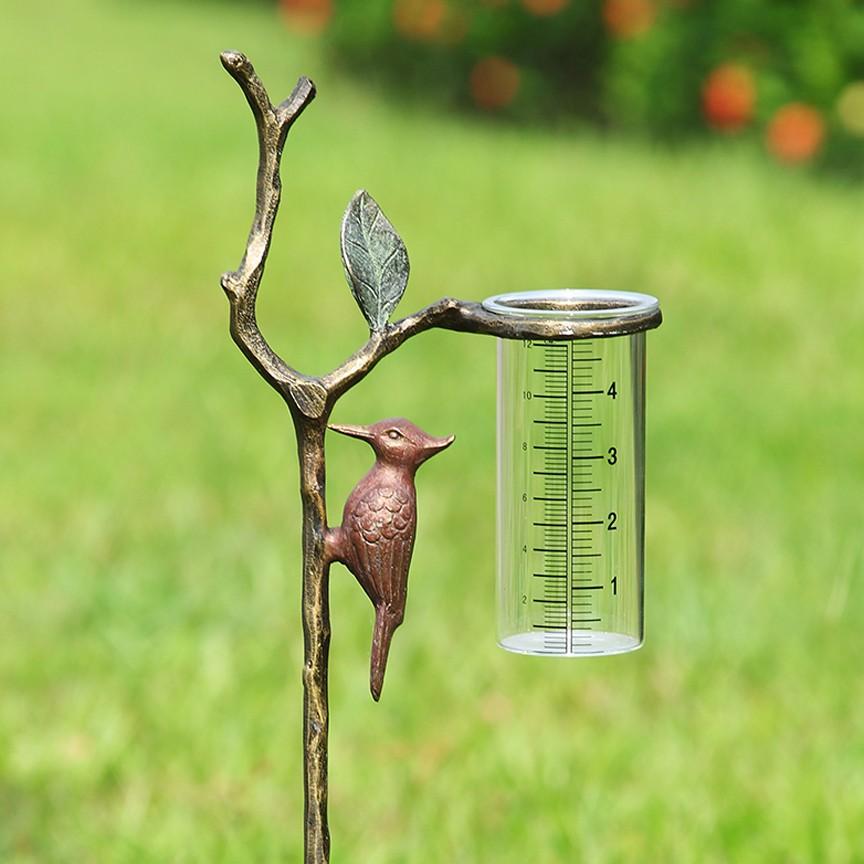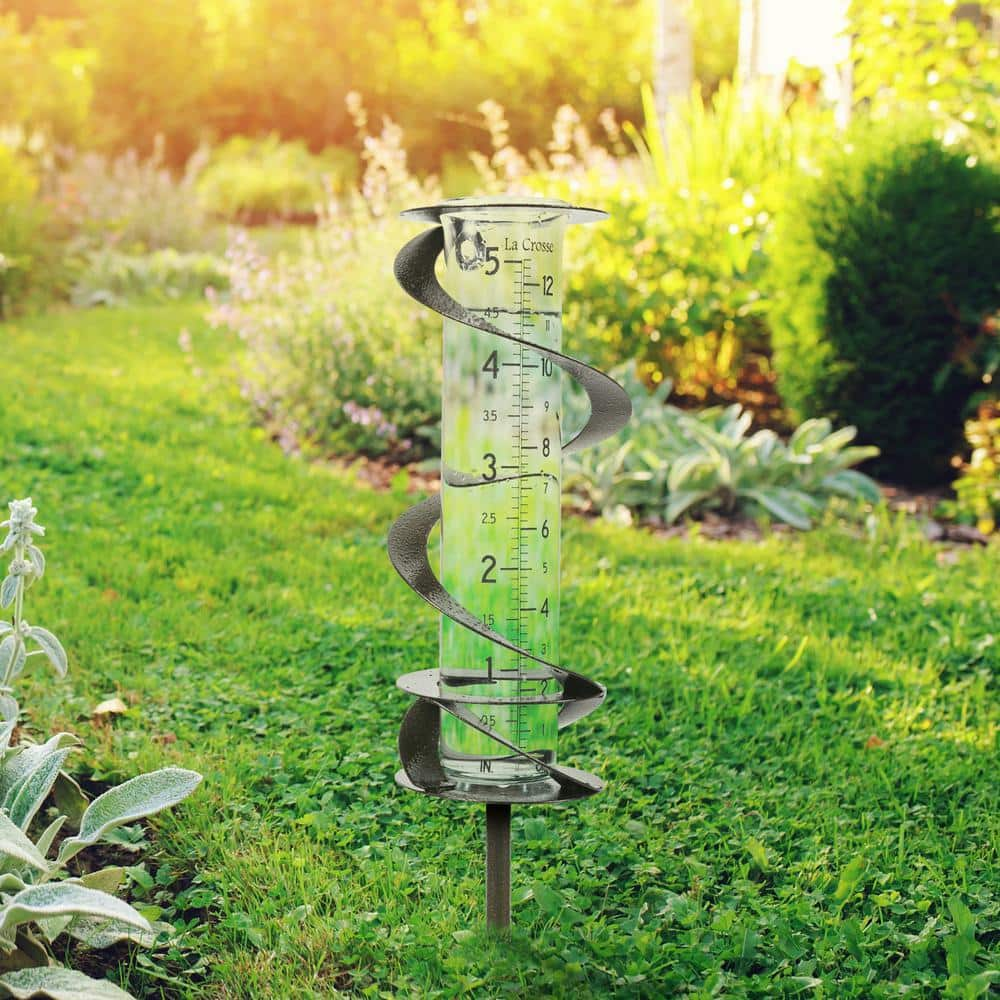The Rain Gauge: Understanding Rainfall Patterns and Enhancing Weather Awareness
Wiki Article
Exactly How to Choose the Right Rain Gauge for Accurate Rain Data
To obtain reliable dimensions, it is vital to pick the ideal rainfall scale. Considering aspects such as place, type, and accuracy of the rainfall gauge will assist make certain specific data collection. In addition, understanding the upkeep and calibration procedures will certainly contribute to the longevity and dependability of your rainfall scale.Value of Choosing the Right Rainfall Gauge
The significance of choosing the ideal rain scale lies in obtaining specific and trustworthy rains data for exact atmospheric analysis. Rainfall information is important for a large range of applications, including weather condition projecting, hydrological modeling, and climate research study. Imprecise or unstable data can lead to incorrect conclusions and flawed decision-making procedures.
Secondly, the accuracy and accuracy of the rain scale are paramount. The scale must have the ability to determine rainfall with high accuracy, catching even percentages of precipitation properly. It should also decrease errors because of dissipation, wind, and various other environmental elements. Regular calibration and upkeep are important to ensure ongoing precision.
Furthermore, the location and installation of the rainfall scale are critical considerations. It must be placed in an open location, far from blockages that can impact rainfall dimensions. The gauge must be positioned at a suitable elevation and angle to stay clear of splashing and ensure appropriate catchment of rain.
Aspects to Think About When Picking a Rainfall Scale
When selecting a rainfall gauge, there are a number of key aspects to consider. These aspects can significantly influence the accuracy and dependability of the rains data gathered. The first aspect to consider is the kind of rainfall scale. There are various types readily available, consisting of typical rain determines, tipping bucket rainfall determines, and considering rain evaluates. Each type has its very own benefits and drawbacks, so it is necessary to select one that finest matches your details needs and demands.One more variable to take into consideration is the material of the rain gauge. Rain assesses can be made from numerous materials, such as metal, plastic, or glass. The product picked need to be resistant and durable to climate condition, ensuring that the rainfall scale will certainly stand up to the aspects and supply precise measurements over time.
Accuracy is additionally a crucial variable to take into consideration. Try to find rain gauges that have been adjusted and checked for accuracy. Attributes such as anti-splash rings and funnels can additionally enhance the accuracy of the dimensions.

Lastly, consider the climate and setting in which the rain scale will be made use of. Different rain gauges are ideal for different climates, so it is important to select one that is ideal for the conditions in your location.
Different Kinds of Rain Assesses Available
To further discover the variables to take into consideration when picking a rainfall scale, it is necessary to comprehend the various kinds of rain determines available. There are numerous types of rainfall evaluates, each with its very own benefits and drawbacks. One of the most common kind is the basic rainfall scale, likewise called the round rainfall gauge. This kind contains a straight-sided cylindrical container with a funnel-shaped top. It is straightforward to utilize and provides exact dimensions of rainfall.Another kind of rainfall scale is the tipping pail rainfall gauge. This gauge utilizes a wikipedia reference seesaw-like mechanism to collect and measure rainfall. As the rain falls under the gauge, it fills up one side of the bucket, causing it to tip and clear the water. The number of pointers is counted digitally to determine the amount of rains. Tipping bucket rainfall assesses are prominent for their accuracy and ability to measure rainfall intensity.
A 3rd type of rainfall gauge is the weighing rain gauge. As the rainfall falls right into the scale, it is collected in a container linked to an equilibrium.
Lastly, there are additionally remote rain determines that use progressed technology to determine rains (The Rain Gauge). These evaluates usage sensing units and transmitters to send information wirelessly to a central system. Remote rain gauges are practical for keeping an eye on rainfall in hard-to-reach locations or for massive information collection
Just How to Figure out the Precision of a Rain Gauge
One means to assess the accuracy of a rainfall scale is by conducting routine calibration dimensions. Calibration entails comparing the readings of a rain gauge to a standard measurement, such as a licensed rainfall gauge or a weather station with high accuracy. By comparing the dimensions, any kind of discrepancies or mistakes in the rainfall scale can be identified and made up.To conduct a calibration dimension, beginning by collecting rains data from both the rain scale and the standard dimension gadget over a specific amount of time, such as a month. Then, contrast the readings and determine the distinction between them. This distinction is understood as the calibration mistake.
It is very important to keep in mind that calibration dimensions need to be carried out regularly, as environmental factors, such as particles, wind, and temperature, can affect the accuracy of the rain gauge with time. By carrying out regular calibrations, any type of modifications in the precision of the rain gauge can be detected and changes can be made appropriately.
In addition to calibration, it is also recommended to clean and preserve the rainfall scale regularly to ensure its precision. Eliminate any kind of particles or obstructions that may impact the accuracy of the dimensions, and check for any kind of indications of damages or use that might need repair work or substitute.
Tips for Maintaining and Adjusting Your Rain Scale
Regular upkeep and calibration are essential for guaranteeing the precision and reliability of your rainfall gauge in gauging rainfall data (The Rain Gauge). By adhering to a couple of easy tips, you can make certain that your rainfall scale is appropriately preserved and calibratedFirstly, it is very important to cleanse your rainfall scale routinely to avoid any type of debris or dirt from obstructing the rainfall collection system. Use a soft brush and a light detergent to gently clean up the within and beyond the gauge. Rinse it extensively with clean water and allow it to completely dry entirely before reinstalling it.
Secondly, it is advised to adjust your rain scale at the very least annually. Calibration includes contrasting the measurements of your rain scale with those of a relied on and exact reference gauge. This will assist you recognize and correct any type of possible mistakes in your rainfall scale's measurements.
To calibrate your rain scale, accumulate a known volume of water utilizing a gauging container and compare it with the dimensions recorded by your rain gauge. Readjust the readings as necessary to More Bonuses make certain precision.

Verdict
Finally, choosing the ideal rain scale is crucial for getting exact rainfall information. Variables such as location, objective, and budget plan should be considered when picking a rain gauge. There are various kinds of rainfall assesses available, each with their very own benefits and limitations. It is very important to regularly keep and calibrate your rainfall gauge to guarantee its accuracy. By complying with these guidelines, precise rainfall information can be gotten for different applications.There are various kinds offered, consisting of basic rain gauges, tipping bucket rainfall determines, and evaluating rainfall gauges.To even more explore the elements to think about when selecting a rain gauge, it is essential to comprehend the different types of rain gauges available. The most usual kind is the typical rainfall scale, additionally recognized as the cylindrical rainfall scale.Another type of rain scale is the tipping pail rainfall scale. Calibration entails contrasting the analyses of a rainfall scale to a common dimension, such as a certified rainfall scale or a climate terminal with high precision.
Report this wiki page